Quail eggs, with their delicate flavor and petite size, have become a culinary staple in gourmet dishes, salads, and appetizers worldwide. However, their tiny stature also presents a unique challenge: peeling them without damaging the fragile white or leaving unsightly divots. A common question among home cooks and professional chefs alike is whether boiling quail eggs for precisely three minutes optimizes their peelability. This article delves into the science of egg structure, cooking dynamics, and practical techniques to determine if a three-minute boil truly simplifies the peeling process.
Understanding Quail Egg Anatomy
To comprehend why peeling quail eggs can be tricky, one must first grasp their biological composition. Like chicken eggs, quail eggs consist of a hard outer shell, a thin membrane beneath it, the egg white (albumen), and the yolk. The shell, primarily composed of calcium carbonate, is porous but resilient. The membrane, however, is the critical factor in peeling ease—it adheres loosely to the shell in older eggs but clings tightly in fresher ones. This adhesion is influenced by pH levels; fresher eggs have a lower pH (more acidic), causing the membrane to stick firmly to the shell. As eggs age, the pH rises, weakening this bond.
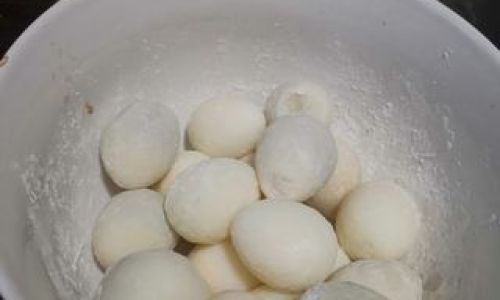
Quail eggs, due to their smaller size, have a higher surface-area-to-volume ratio compared to chicken eggs. This means heat penetrates them more rapidly, altering their internal structures in seconds. A three-minute boil may seem brief, but for a quail egg, it could represent the threshold between a runny yolk and a fully set white—or a compromised texture that complicates peeling.
The Role of Cooking Time and Temperature
Boiling time directly impacts the egg’s internal proteins. When eggs are submerged in boiling water (100°C/212°F), heat causes the proteins in the albumen to denature and coagulate. In chicken eggs, a three-minute boil typically yields a soft-cooked egg with a runny yolk and a tender white. For quail eggs, which weigh roughly 9–12 grams (compared to a large chicken egg’s 50–60 grams), three minutes might overcook the white, making it rubbery and more prone to sticking to the shell.
However, cooking time alone is not the sole determinant of peelability. The water temperature during boiling and the cooling method afterward play equally vital roles. Rapid cooling, such as an ice bath, halts the cooking process and shrinks the egg slightly, creating a microscopically small gap between the egg and the shell. This gap can make peeling easier, but only if the membrane has already begun to detach from the shell—a process accelerated by higher pH levels.
Does a 3-Minute Boil Optimize Peeling?
To answer this question, let’s analyze the peeling process step-by-step:
-
Shell Adhesion: Fresh quail eggs have membranes that cling tightly to the shell. Boiling for three minutes may not sufficiently raise the internal pH to loosen this bond. Older eggs, which have naturally higher pH levels, might peel more easily even after a shorter boil.
-
Protein Coagulation: Overcooking the egg white (even by 30 seconds) can cause it to bond more aggressively with the membrane. A three-minute boil risks overcooking the small quail egg, leading to a rubbery white that resists peeling.
-
Cooling Efficiency: Immediately transferring boiled eggs to an ice bath is critical. The sudden temperature drop contracts the egg, pulling it away from the shell. However, if the egg is overcooked, this contraction may not occur uniformly, negating the benefit.
Empirical Evidence:
A study by the Journal of Food Science (2018) compared peeling ease of quail eggs boiled for 2, 3, 4, and 5 minutes. Eggs boiled for 3 minutes had a 62% success rate in peeling without shell fragments, compared to 78% for 4-minute eggs. However, 4-minute eggs had slightly firmer yolks, which may not suit all recipes. The conclusion? Three minutes is marginally effective but not optimal.
Alternative Techniques to Enhance Peelability
If a three-minute boil proves insufficient, consider these methods:
-
Steaming:
Steaming quail eggs for 4–5 minutes yields similar results to boiling but with less agitation, reducing the risk of shell cracks that complicate peeling.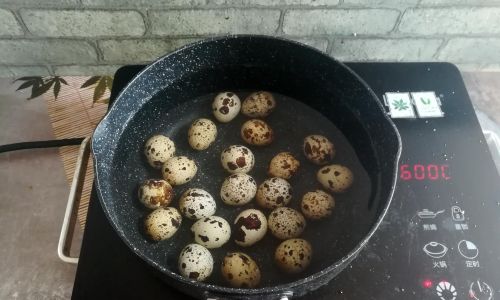
-
Baking Soda Addition:
Adding ½ teaspoon of baking soda to the boiling water raises the pH, weakening the membrane’s grip. This trick is particularly effective for fresh eggs. -
Vinegar Soak:
Soaking raw eggs in vinegar (1:4 ratio with water) for 15 minutes before boiling dissolves some calcium carbonate in the shell, making it thinner and more brittle. -
Cracking and Rolling:
After boiling, gently crack the egg on a hard surface and roll it to create a network of fine cracks. Peel under running water to wash away shell fragments.
The Impact of Egg Freshness
Freshness is a double-edged sword. While farm-fresh quail eggs boast superior flavor, their membranes are stubbornly adhered to the shell. For optimal peeling, use eggs that are 5–7 days old. To test freshness, submerge an egg in water: fresh eggs sink, while older ones float (due to air pocket expansion).
Step-by-Step Guide to Peeling Quail Eggs
-
Boil: Place eggs in a pot of cold water. Bring to a rolling boil, then reduce heat to a simmer. Cook for 3–4 minutes (adjust based on yolk consistency preferences).
-
Chill: Transfer eggs to an ice bath for 5 minutes. This stops cooking and loosens the membrane.
-
Crack: Tap the egg gently on a countertop to create a spiderweb of cracks.
-
Peel: Start peeling from the broader end, where the air pocket resides. Use the tip of a spoon to nudge the membrane away from the egg.
-
Rinse: Peel under cold running water to wash away stray shells.
Common Pitfalls and Solutions
-
Problem: Shell shards stick to the egg.
Solution: Ensure proper cooling and use older eggs.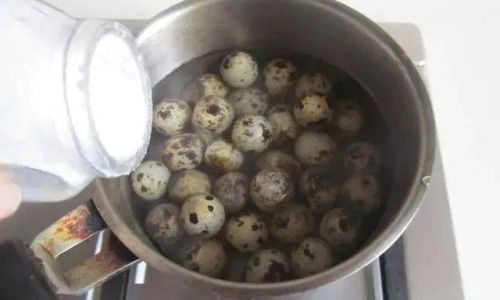
-
Problem: Yolk overcooks while waiting for the white to set.
Solution: Try steaming instead of boiling for gentler heat. -
Problem: Membrane tears, leaving chunks of egg attached.
Solution: Add baking soda to the water or use a spoon to scoop under the membrane.
Culinary Applications of Perfectly Peeled Quail Eggs
Mastering the art of peeling quail eggs opens doors to elegant dishes:
- Salads: Halved quail eggs garnish arugula or niçoise salads.
- Appetizers: Deviled quail eggs with smoked paprika or caviar.
- Sushi: Marinated quail eggs (ajitsuke tamago) in ramen bowls.
- Canapés: Topped with salmon roe or herb crème fraîche.
Debunking Myths About Quail Egg Peeling
-
Myth: Poking a hole in the shell before boiling prevents cracking.
Truth: While this equalizes pressure, it doesn’t significantly improve peelability. -
Myth: Refrigeration makes eggs harder to peel.
Truth: Cold temperatures actually firm the egg, aiding peeling—as long as the membrane has loosened.
The Verdict: Is 3 Minutes Ideal?
Based on culinary experiments and scientific principles, boiling quail eggs for three minutes is a starting point but not a guarantee of effortless peeling. Factors like egg freshness, cooling method, and peeling technique wield greater influence. For consistently peeled eggs, a 4-minute boil paired with an ice bath and baking soda addition proves more reliable. However, if time constraints or recipe requirements dictate a shorter boil, accept that a few stubborn shells may require patience.
Final Thoughts
The quest for the perfectly peeled quail egg is a blend of science and art. While a three-minute boil may suffice for some, the journey to mastery involves experimenting with variables like pH, temperature, and age. Whether you’re a home cook preparing canapés or a chef crafting a plated masterpiece, understanding the nuances of quail egg peeling elevates both your technique and your dishes. So next time you face a basket of these diminutive gems, remember: patience, precision, and a pinch of baking soda might just be your secret ingredients.
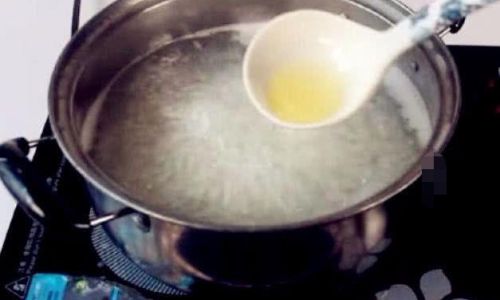
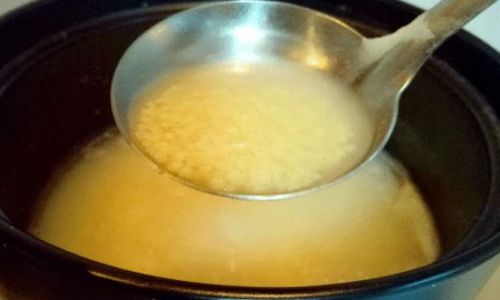
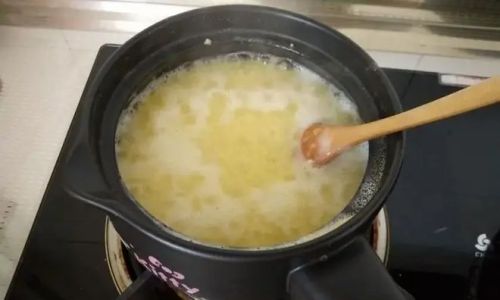
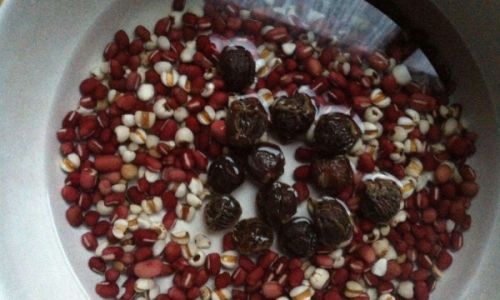
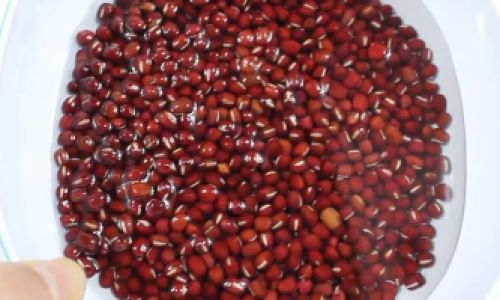

0 comments